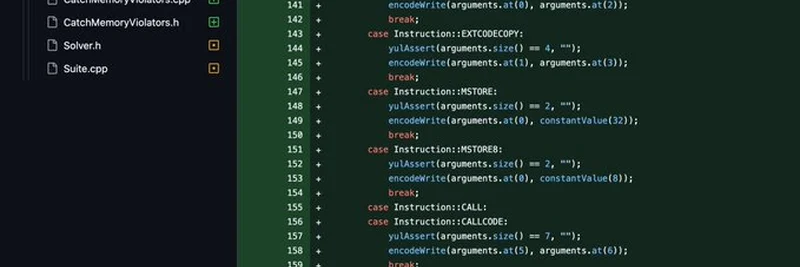Hey there, crypto enthusiasts and blockchain developers! If you’ve ever wondered how the Solidity compiler keeps Ethereum smart contracts rock-solid (pun intended), you’re in for a treat. A recent tweet from Hari (@_hrkrshnn) on X dives deep into the behind-the-scenes magic that makes Solidity one of the most reliable tools in the blockchain world. Let’s break it down in a way that’s easy to digest, even if you’re new to coding or the Ethereum ecosystem.
The Paranoia That Pays Off
Hari, a contributor to the Solidity project, shares that the compiler was built with a “high degree of paranoia” and “extensive defensive coding.” Imagine a security guard who checks every door and window twice— that’s the Solidity team! This approach includes a custom-built fuzzer, a tool that throws random inputs at the code to catch bugs before they hit production. With almost no external dependencies and a tightly controlled compilation pipeline, Solidity minimizes the risk of outside interference messing things up.
One of Hari’s proudest moments? Spotting a subtle bug during a memory model update in 2021. This wasn’t just luck—it was a testament to the rigorous process behind Solidity’s development. The update changed how memory is managed, allowing slots to be reserved for local variables instead of always starting at 0x80. But with great power comes great responsibility—any misstep could break the core invariants of the language.
Solving Bugs with Math Magic
So, how do you ensure a change like this won’t cause chaos? Manually inspecting code is like finding a needle in a haystack—possible, but exhausting and error-prone. Hari came up with a clever workaround: encoding the problem as a set of mathematical constraints and letting a solver figure it out. Think of it like giving a super-smart calculator the job of double-checking your homework.
This idea might sound complex, but Hari makes it approachable. He used a tool called Z3, a theorem prover that handles constraint-solving, to test the new memory model. The process involved:
- Building a transpiler to turn code into linear constraints.
- Sending those constraints to Z3 for solving.
- Checking for conflicts that could indicate a bug.
- Running it on a huge set of test cases to ensure coverage.
Surprisingly, this didn’t blow up into an exponential mess (a common pitfall with such solvers). Hari’s knack for linear algebra kept it simple and effective, even catching a memory management bug that was fixed before it reached production. This gave the team the green light to roll out the update with confidence.
Why This Matters for Blockchain
Solidity’s impeccable security track record—no critical miscompilation bugs in production contracts over 10 years—is a big deal. As noted in a related tweet from philogy (@real_philogy), this is rare for any programming language. For meme token creators and blockchain practitioners, this reliability is a foundation you can build on. Whether you’re launching a quirky token on Ethereum or diving into DeFi, knowing your smart contracts won’t fail due to a compiler glitch is a huge relief.
Looking Ahead
Hari’s work highlights the blend of skills—compilers, solvers, and a dash of magic—that keeps Solidity evolving. As the language powers more projects, including those in the meme token space we cover at meme-insider.com, these efforts ensure it stays secure and adaptable. If you’re curious, Hari even suggests you could learn to build such a solver in under an hour—how cool is that?
So, next time you interact with a smart contract, tip your hat to the paranoid coders and math wizards behind Solidity. Want to dive deeper into blockchain tech or meme tokens? Check out our knowledge base at Meme Insider for more insights. Let’s keep learning and building together!


